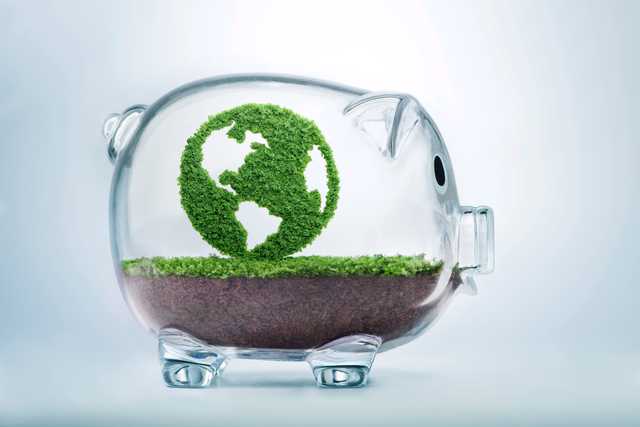JBA Risk Management has launched a set of global climate change tools enabling the (re)insurance market, risk managers and lenders to understand future flood risks in any country in the world.
The tool suite consists of new customizable climate change flood models providing high-resolution, probabilistic modeling of flood losses for every country in the world, and new global climate change analysis data providing a baseline location-level reference and future climate analysis of flood risk across the globe. . Flood models provide the flexibility to incorporate a customer’s own data, loss experience, and risk view.
Judith Ellison, Commercial Head of Climate Change at JBA Risk Management, said: “As the world focuses on COP27, the launch of our new suite of tools demonstrates just how diverse the impact of climate change will be in terms of of loss and reduction of floods in the world. couldn’t be more timely. The data not only reveals the complexity of flood risks around the world and in different countries and regions, but will provide industry with the information and knowledge it desperately needs.
The company said its tools demonstrate that if the United States would face an 18% increase in inland flood losses by mid-century under an intermediate global warming scenario (if no measures mitigation is taken), there is considerable variation in the impact of climate change. change on state-level flooding. Just over half of US states could see an increase in inland flood losses by 2050 with reductions expected in other areas.
In the same climate scenario, Canada shows an 18% reduction in flood risk and a 30% reduction in river and surface water loss. However, again, the reality is more complex, with some regions facing significant increases, while others will experience significant reductions.
Continental Europe, under the same mid-century intermediate warming scenario, could see a 14% increase in surface water loss and a 23% increase in surface water loss, almost 80% of European countries observing an increase in surface water loss.





